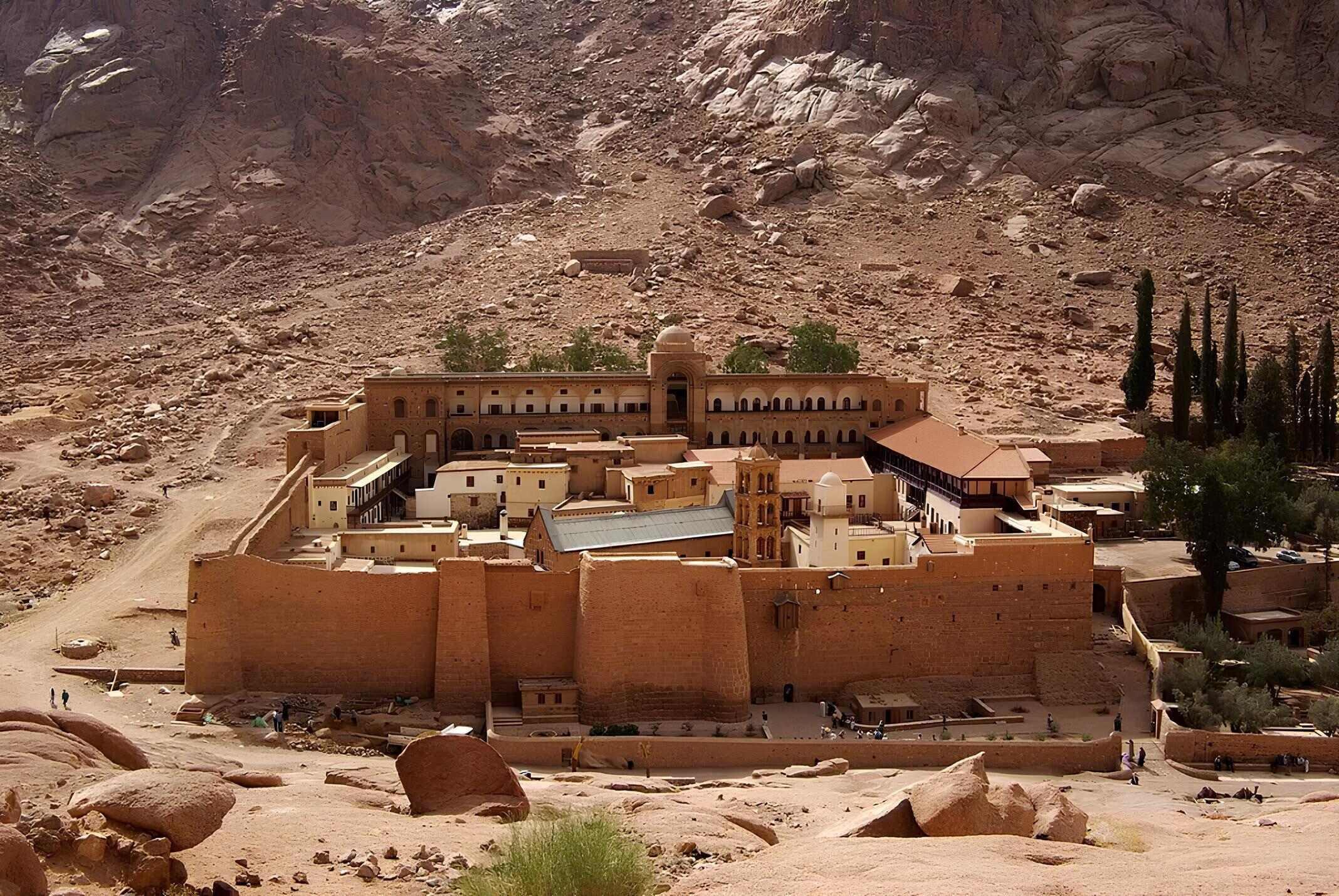
An Egyptian court’s ruling to transfer the assets of the Byzantine-era St. Catherine’s Monastery to the state has provoked a strong reaction in Greece, triggering the Foreign Ministry to demand explanation from Cairo.
The decision, which concerns the monastery located at Mount Sinai and operating continuously for approximately 1,500 years, entails the eviction of the resident monks and the conversion of the complex into a museum. This development has sparked debates over potential changes to the status of the ancient site and concerns about its possible closure.
The monastery’s ownership rights have long been the subject of a protracted legal dispute.
In response to ruling, the Greek Foreign Ministry has requested clarifications from Egyptian officials.
The monastery is affiliated with the Greek Orthodox Church and has traditionally been administered by Greek monks. These monks announced that they plan to garner support from international Christian communities and other faiths.
The Greek government reacted to official statements issued late on May 29 by the Egyptian Presidency and the Ministry of Foreign Affairs, which denied any alteration to the status of St. Catherine’s Monastery following the court ruling.
“Pending a comprehensive review of the court decision, the two governments will continue discussions in the near term to resolve the issue within an institutional framework, consistent with their mutual understanding and the agreements publicly announced during the recent visit of the Egyptian president to Athens,” government sources stated, referring to Abdel Fattah al-Sisi’s visit to the Greek capital on May 7.
Listed as a UNESCO World Heritage Site, the monastery houses over 3,300 manuscripts, 16,000 rare books and numerous artifacts including the Codex Sinaiticus. Surrounded by high stone walls originally constructed for protection against past attacks, it is regarded as one of the best-preserved Byzantine architectural monuments.
Despite its remote location, the monastery remains an important pilgrimage site and is revered as a symbol of interfaith tolerance, being sacred to Judaism, Christianity and Islam alike.